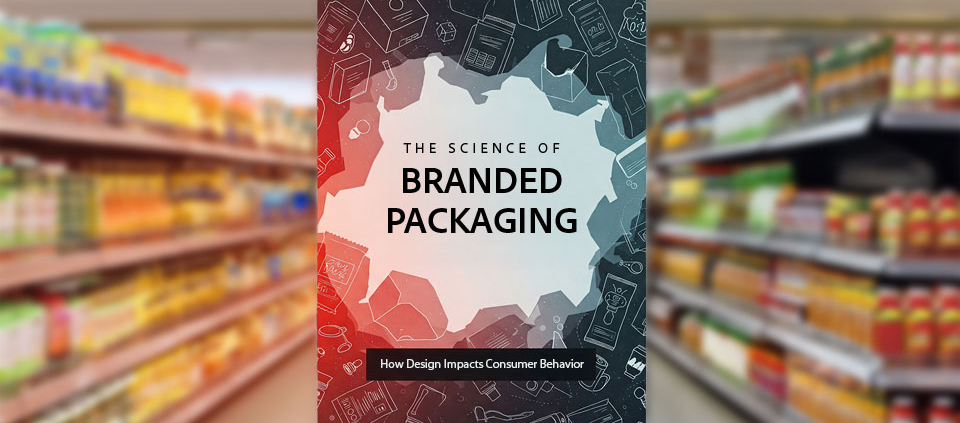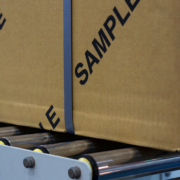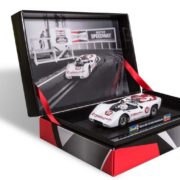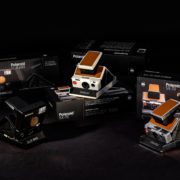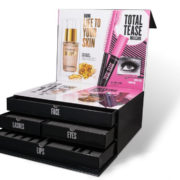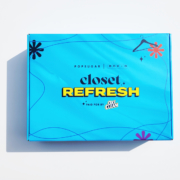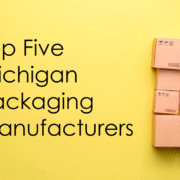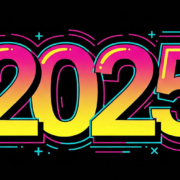The Science of Branded Packaging: How Design Impacts Consumer Behavior
In the highly competitive world of consumer goods, branded packaging serves as more than just a container for products—it’s a powerful marketing tool that influences purchasing decisions, fosters brand loyalty, and elevates a brand’s market presence. Understanding the science behind branded packaging can give businesses a strategic edge in crafting designs that resonate with their target audience.
Why Branded Packaging Matters
According to the study Packaging Matters, 81% of consumers try new products because of appealing packaging, and 63% purchase products again due to their packaging’s visual appeal or functionality. Branded packaging is often the first point of physical interaction between a brand and its customers, making it a critical touchpoint in the customer journey.
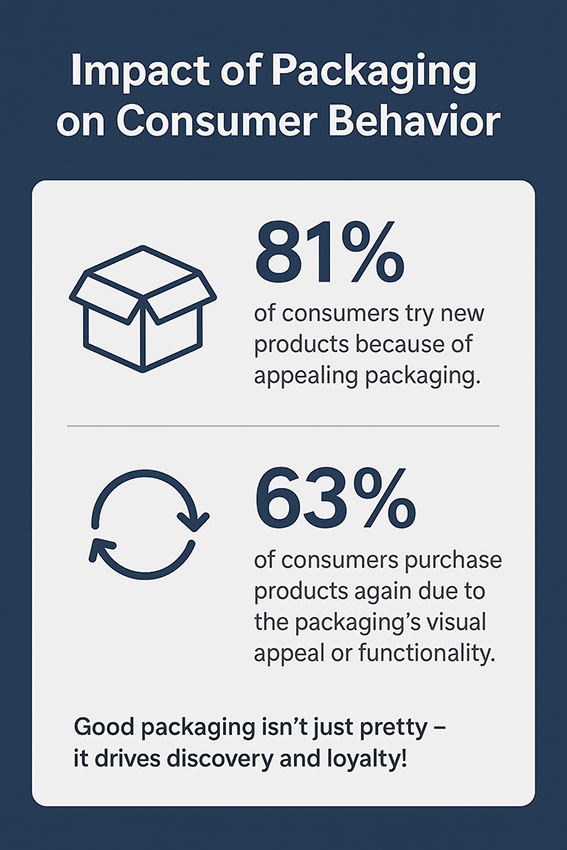
Key benefits of branded packaging include:
- Attracting Attention: In crowded retail environments, packaging is a brand’s best chance to stand out on the shelf.
- Communicating Value: High-quality packaging signals the quality of the product inside.
- Building Emotional Connections: Colors, typography, and materials can evoke feelings that align with the brand’s values.
- Encouraging Sustainability: Eco-friendly packaging is increasingly influencing purchasing decisions, with 70% of consumers willing to pay more for sustainable options (NielsenIQ).
The Science Behind Packaging Design
- Color Psychology
- Colors elicit emotional responses and are closely tied to brand perception. For instance:
- Red evokes excitement, urgency, or passion, making it popular in food and beverage packaging.
- Green is associated with nature, health, and sustainability, often used by eco-friendly brands.
- Blue conveys trust, dependability, and professionalism, a favorite in technology and healthcare.
Research shows that up to 90% of first impressions are influenced by color alone.
- Colors elicit emotional responses and are closely tied to brand perception. For instance:
- Typography and Readability
Fonts communicate a brand’s personality. For instance:- Serif fonts evoke tradition and sophistication (e.g., luxury goods).
- Sans-serif fonts feel modern and approachable (e.g., tech startups).
Studies suggest that consumers spend less than 7 seconds deciding whether to purchase a product, so text must be legible and convey information quickly.
- Material and Texture
Packaging materials impact perceived product quality. Luxury brands often use embossed textures or metallic finishes to suggest exclusivity. Eco-friendly materials like recycled paper or bioplastics appeal to environmentally conscious consumers. - Structural Design
Functional packaging design increases usability. For example:- Easy-open tabs and resealable options enhance the unboxing experience.
- Unique shapes or innovative designs can make a product more memorable.
A study by the Journal of Consumer Psychology found that innovative packaging designs increase the likelihood of a product being shared on social media by 52%.
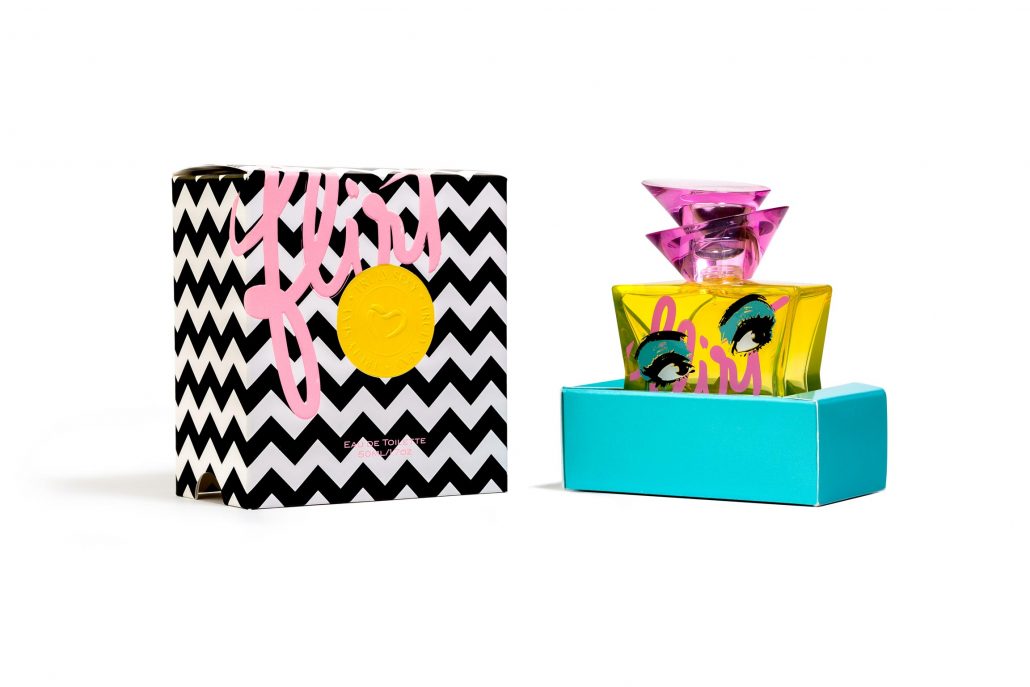
Case Studies
- Apple
Apple’s minimalist packaging design reflects the simplicity and innovation of its products. The unboxing experience is deliberate, with clean lines and premium materials creating a sense of anticipation and luxury. - Coca-Cola
Coca-Cola’s iconic red packaging and contour bottle shape make it instantly recognizable worldwide. The brand consistently leverages nostalgia while adapting designs for limited editions and seasonal campaigns. - Lush Cosmetics
Known for its eco-friendly approach, Lush uses recyclable and biodegradable materials. Its bold typography and bright colors align with the brand’s fun and natural image, resonating with a younger, sustainability-focused audience.
The Future of Branded Packaging
As consumer preferences evolve, the focus is shifting toward sustainability and personalization. Augmented reality (AR) packaging, smart labels with QR codes, and eco-friendly materials are becoming integral to packaging strategies. Brands that prioritize eco-conscious and interactive designs are better positioned to win over modern consumers.
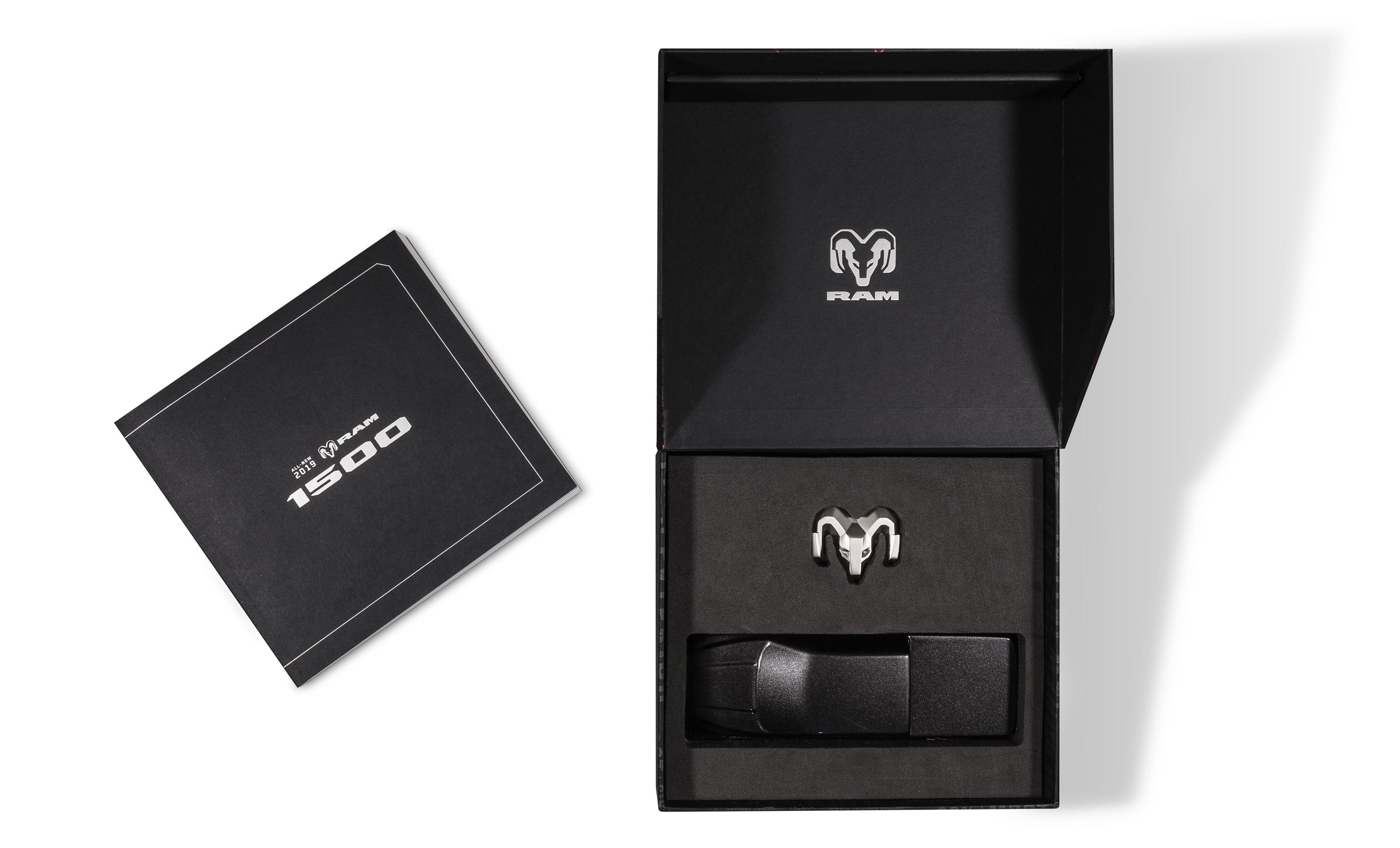
Conclusion
The science of branded packaging lies at the intersection of design, psychology, and marketing strategy. By leveraging insights into consumer behavior and staying attuned to market trends, brands can create packaging that not only protects and presents their products but also leaves a lasting impression. For businesses, investing in well-designed packaging isn’t just an expense—it’s an investment in long-term brand success.
READ: Why Marketing Agencies Are Turning to U.S. Manufacturers for High-End Custom Boxes
